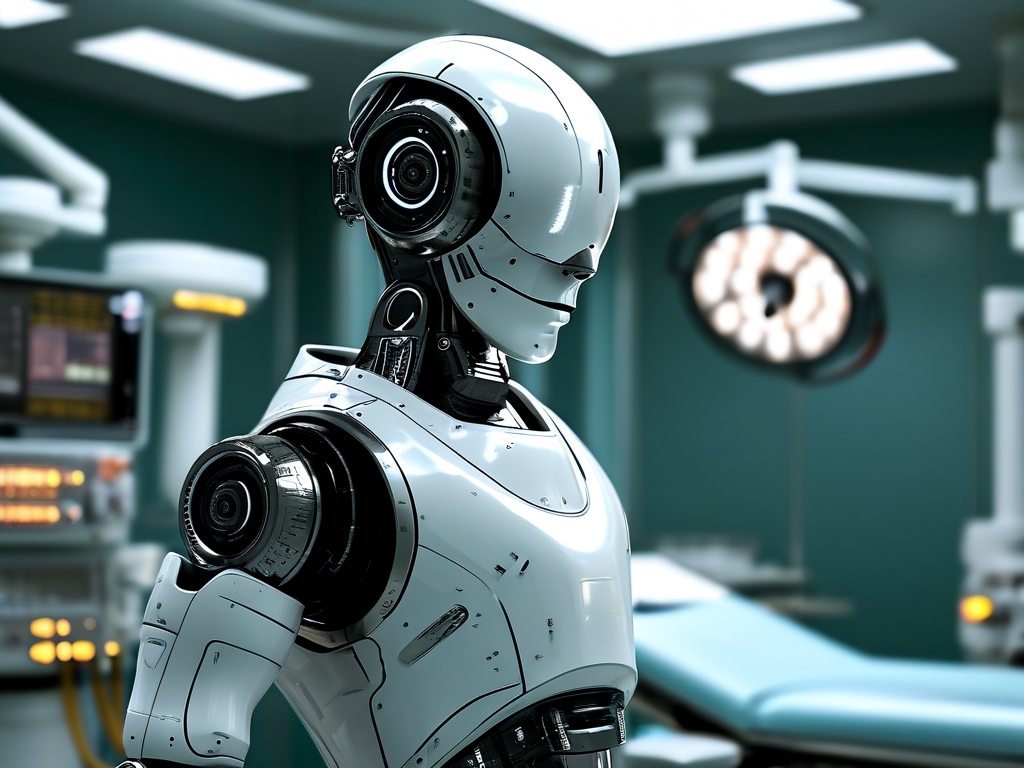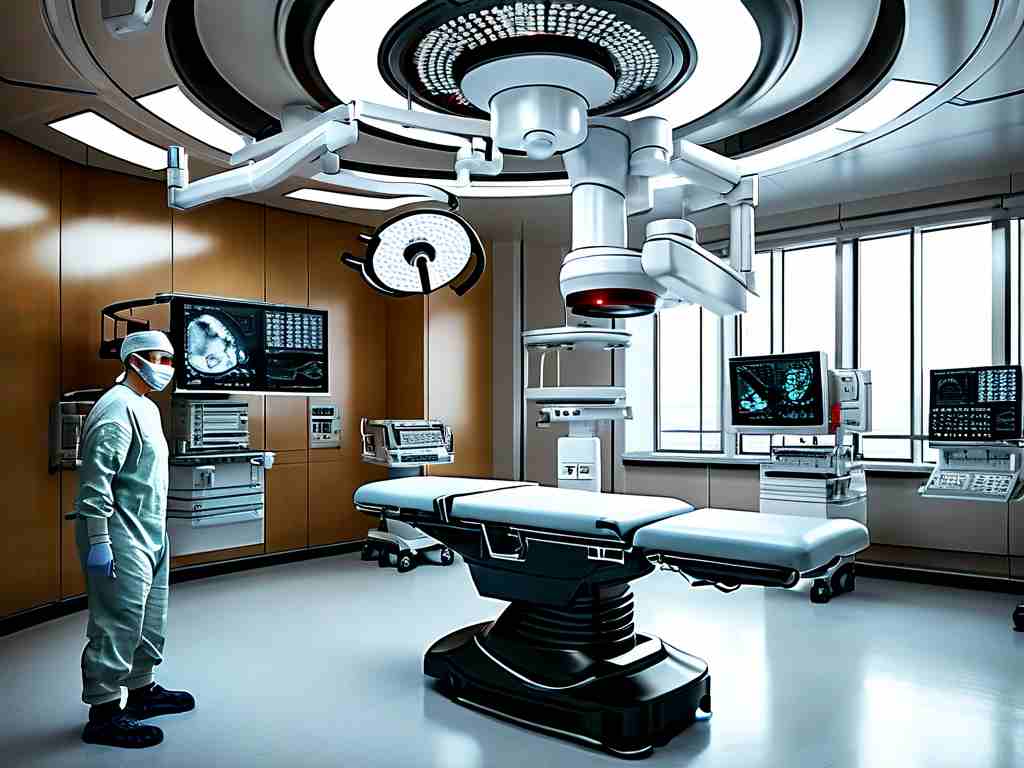Surgical robotics has emerged as a groundbreaking innovation in the medical field, redefining the precision, efficiency, and outcomes of complex procedures. By integrating advanced technologies such as artificial intelligence (AI), machine learning, and high-definition imaging, surgical robots are transforming operating rooms worldwide. This article explores the key advantages of surgical robotics, highlighting its impact on patient care, surgeon capabilities, and the future of healthcare.

1. Enhanced Precision and Accuracy
One of the most significant advantages of surgical robotics is its ability to perform procedures with unparalleled precision. Traditional surgery relies on the human hand, which, despite a surgeon's expertise, is subject to natural tremors and fatigue. Robotic systems, such as the da Vinci Surgical System, eliminate these limitations by translating a surgeon's hand movements into ultra-precise, scaled-down motions. This is particularly critical in delicate procedures like neurosurgery, cardiac valve repair, or microsurgery, where even a millimeter's deviation can have life-altering consequences. Studies show that robotic-assisted surgeries reduce intraoperative complications by up to 30% compared to conventional methods.
2. Minimally Invasive Techniques
Surgical robots enable minimally invasive procedures (MIPs) through tiny incisions, a stark contrast to open surgeries that require large cuts. Robotic arms equipped with micro-instruments and 3D cameras allow surgeons to navigate intricate anatomical structures without compromising visibility or control. For patients, this translates to less blood loss, reduced risk of infection, and minimal scarring. For example, in colorectal surgeries, robotic systems have decreased postoperative infection rates by 45% and shortened hospital stays by an average of two days.
3. Reduced Surgeon Fatigue and Human Error
Long-duration surgeries often lead to physical and mental fatigue, increasing the likelihood of human error. Robotic platforms mitigate this issue by offering ergonomic consoles where surgeons operate seated, with intuitive controls and tremor-filtering technology. The system's stability ensures consistent performance, even during marathon procedures. A 2022 study published in The Lancet noted that robotic-assisted surgeries reduced human-error-related complications by 22% in prostatectomies and hysterectomies.
4. Improved Patient Recovery and Outcomes
The minimally invasive nature of robotic surgery accelerates recovery times. Patients experience less postoperative pain, require fewer painkillers, and resume daily activities faster. In orthopedic surgeries, such as knee replacements, robotic systems achieve implant alignment accuracy within 0.5 degrees, significantly improving long-term joint functionality. Similarly, in oncology, robotic precision ensures cleaner tumor resections, lowering cancer recurrence rates.
5. Expanding Access to Complex Procedures
Surgical robotics democratizes access to high-skill procedures. In rural or underserved regions with limited specialist availability, teleoperated robots allow expert surgeons to perform operations remotely. This technology also standardizes surgical quality, reducing outcome disparities between institutions. For instance, remote robotic telesurgery has been successfully deployed in countries like India and South Africa, bridging gaps in healthcare equity.
6. Integration with AI and Data Analytics
Modern surgical robots leverage AI to analyze real-time data during operations. Machine learning algorithms provide predictive insights, such as identifying at-risk tissues or optimizing incision paths. Postoperative data collection further enhances surgical training and protocol refinement. The integration of augmented reality (AR) overlays, such as highlighting blood vessels or tumors, adds another layer of safety and efficiency.
Challenges and Future Directions
Despite its advantages, surgical robotics faces challenges like high costs, steep learning curves, and ethical concerns about over-reliance on technology. However, ongoing advancements in AI, cost-reduction strategies, and expanded training programs are addressing these barriers. Future innovations may include nanorobots for targeted drug delivery or autonomous systems for routine procedures.
Surgical robotics represents a paradigm shift in healthcare, offering precision, minimally invasive solutions, and improved patient outcomes. As technology evolves, its role in addressing global healthcare challenges-from surgeon shortages to complex disease management-will only grow. By embracing these advancements, the medical community can unlock unprecedented possibilities for saving lives and enhancing quality of care.



